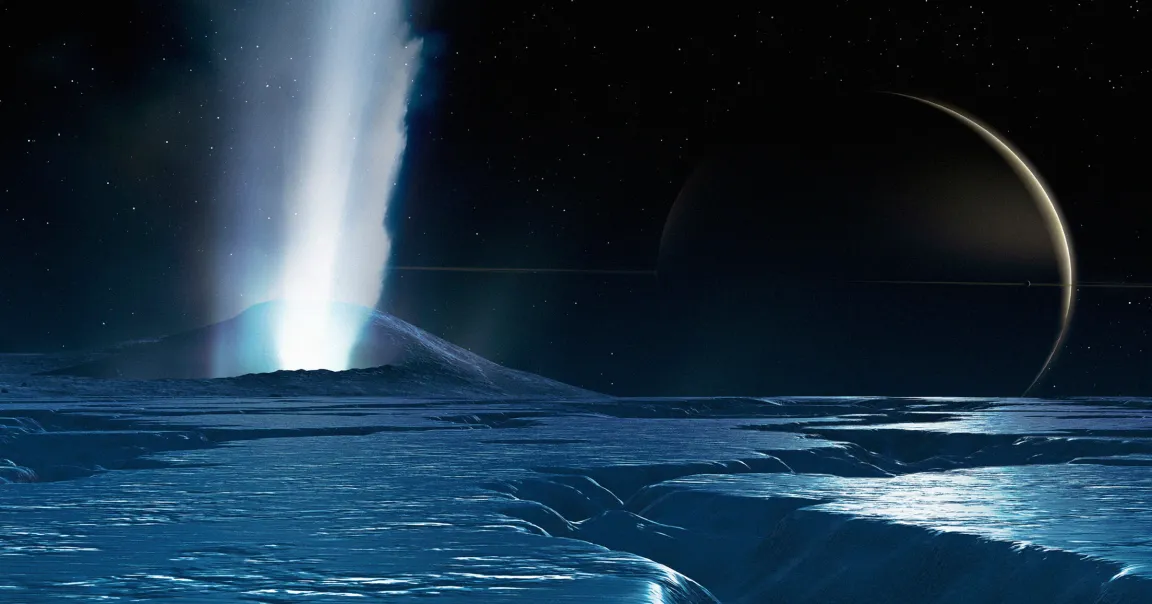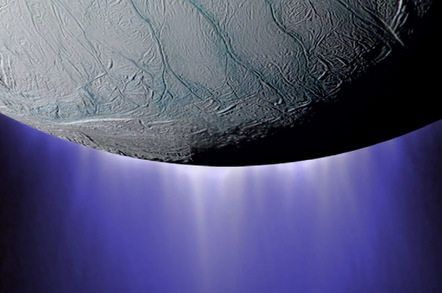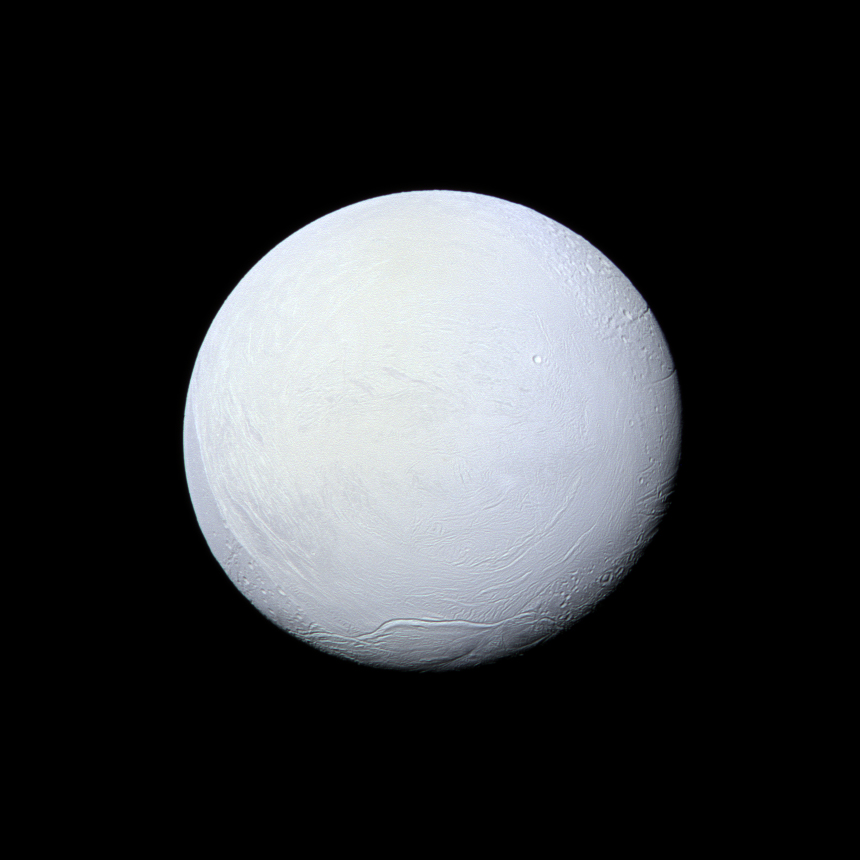
Astronomers have found that Saturn’s moon, Enceladus, is spewing out copious amounts of complex organic molecules, suggesting it’s an even more promising place to look for extraterrestrial life than previously thought.

A study zooms in on data that NASA’s Cassini gathered at Saturn’s icy moon and finds evidence of a key ingredient for life and a supercharged source of energy to fuel it.

Most of what we know about Enceladus and its ice-covered ocean comes from the Cassini mission. New research based on Cassini data strengthens the idea that Enceladus has the chemicals necessary for life.

This plume is larger than any previously observed on the moon and may contain the necessary chemicals for life coming from below its icy surface.

Recently scientists have determined that no known process can be pumping out the amount of methane observed spewing from Saturn's moon Enceladus. That means it could be biological in origin.

A team of German scientists recently examined data gathered by the Cassini orbiter around Enceladus’ southern polar region and found was evidence of organic signatures that could be the building blocks for amino acids.

In its quest to find extant life in the Solar System, NASA has focused its gaze on the Jovian moon Europa. But scientists believe it is Enceladus that stands the greatest chance of making that next big step.

Using mass spectrometry data from NASA's Cassini spacecraft, scientists found that large, carbon-rich organic molecules are ejected from cracks in the icy surface of Saturn's moon Enceladus.
Saturn's sixth-largest moon is incredibly far from the sun, but new research shows that it could probably sustain life.

As the Cassini spacecraft executes its final daredevil maneuvers, scientists on both sides of the Atlantic are already thinking about the next mission to Saturn. But this time they're talking about hunting for life in Saturn's rings.

A small water jet on the icy moon spews its fiercest eruptions when the moon is farthest from the planet, but overall gas output hardly increases.

Scientists are developing a mission concept that would send a probe flying through the plume created by the 100-odd geysers erupting from the south polar region of Saturn